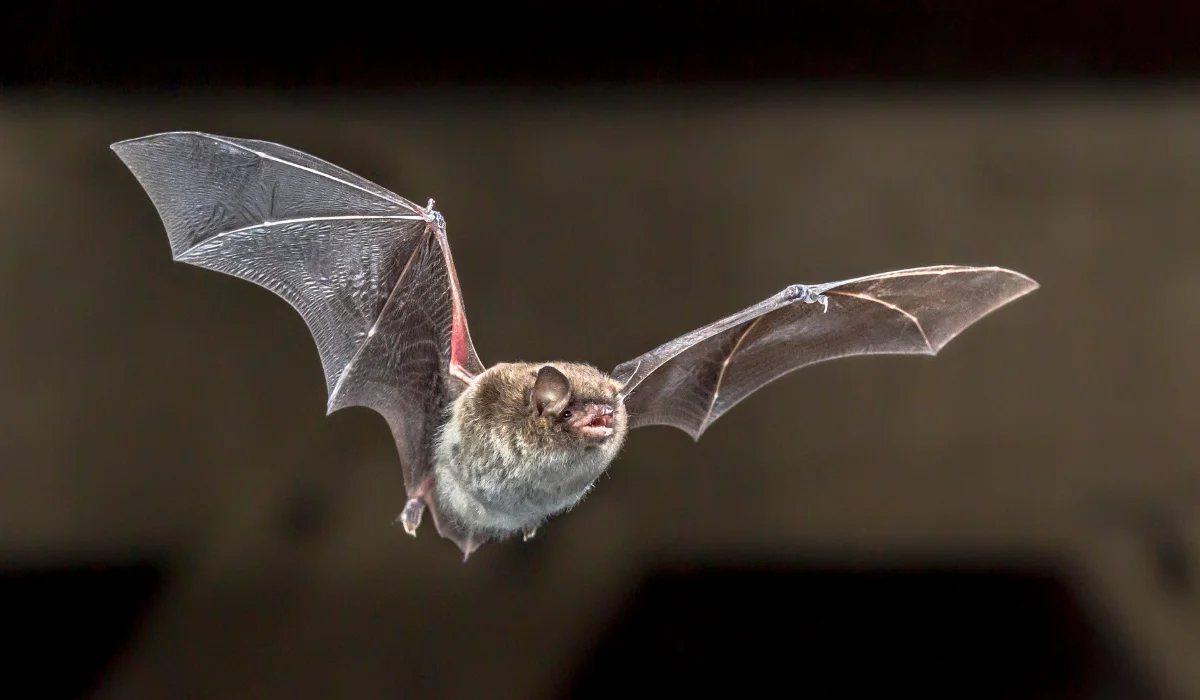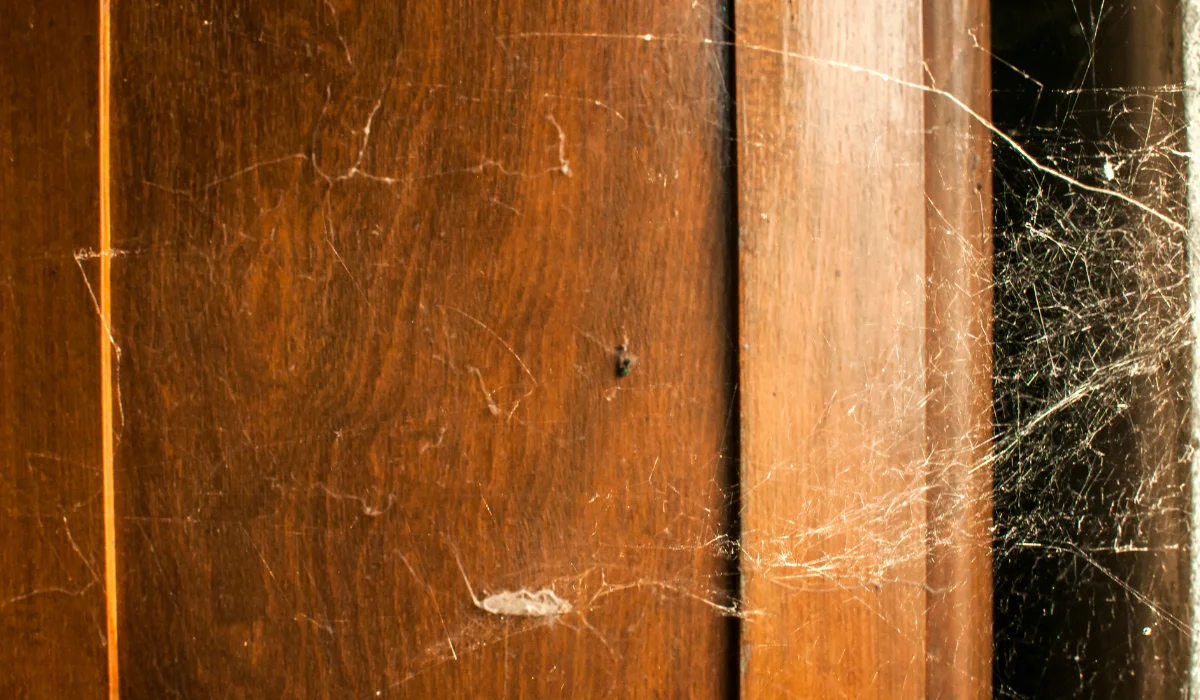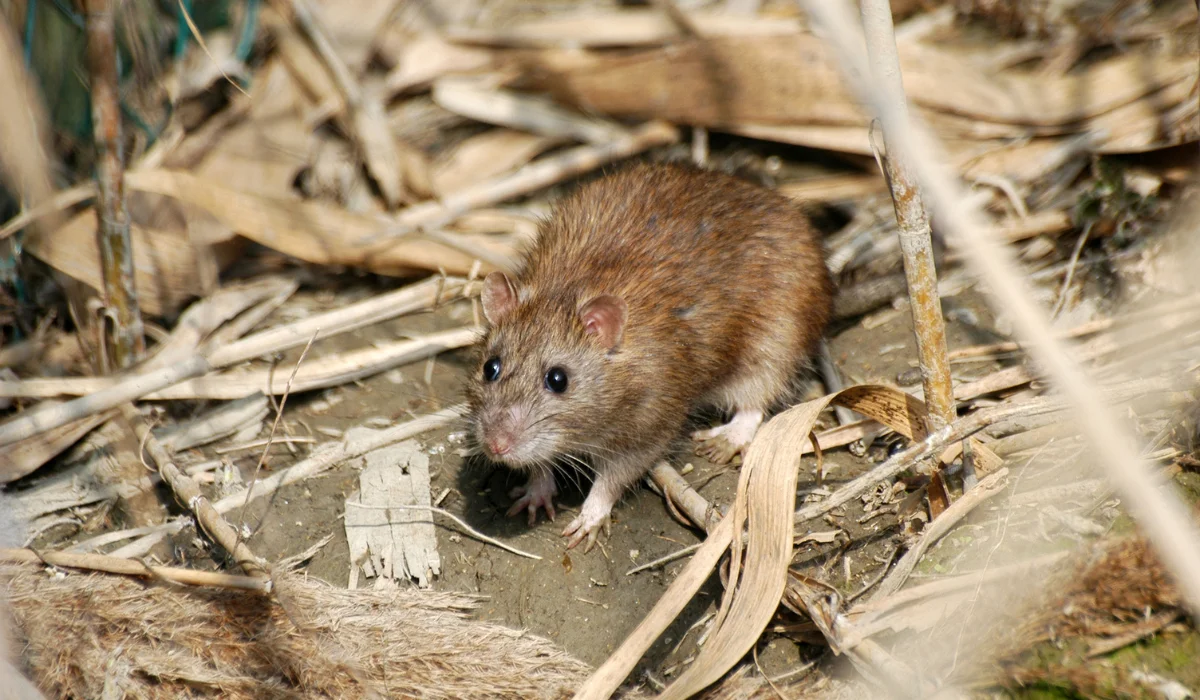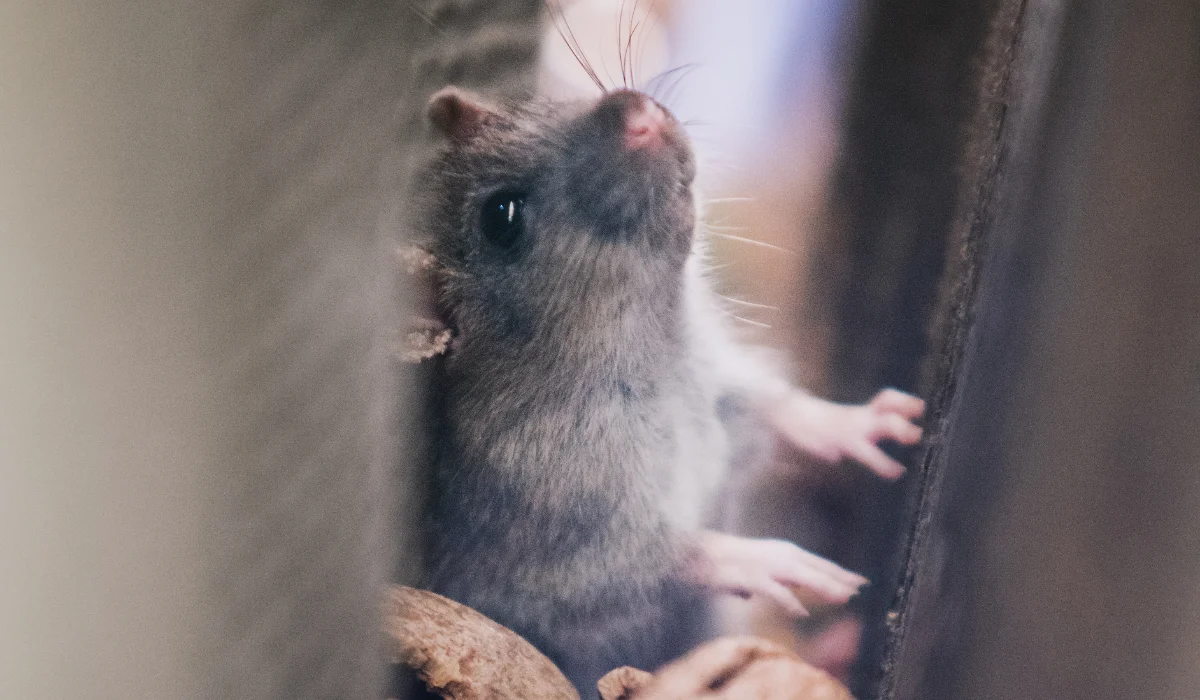Bats in the attic—why does this happen, and how can you solve it? Blocking entry points with mesh or sealants is an effective way to keep them out. The presence of bats isn’t just a problem.
It can also pose health risks. Keep reading to learn the steps for reclaiming your attic space safely.
Key Takeaways
- Bats in the attic pose health risks and structural damage, requiring identification and removal.
- One-way doors help bats leave, but it’s important to seal all entry points afterward.
- Regularly checking your attic and roof, using bat houses, and applying repellents can keep bats away.
- If DIY methods fail, professional pest control services are equipped to safely and thoroughly remove bats.
WHAT TO DO IF YOU HAVE BATS IN THE ATTIC
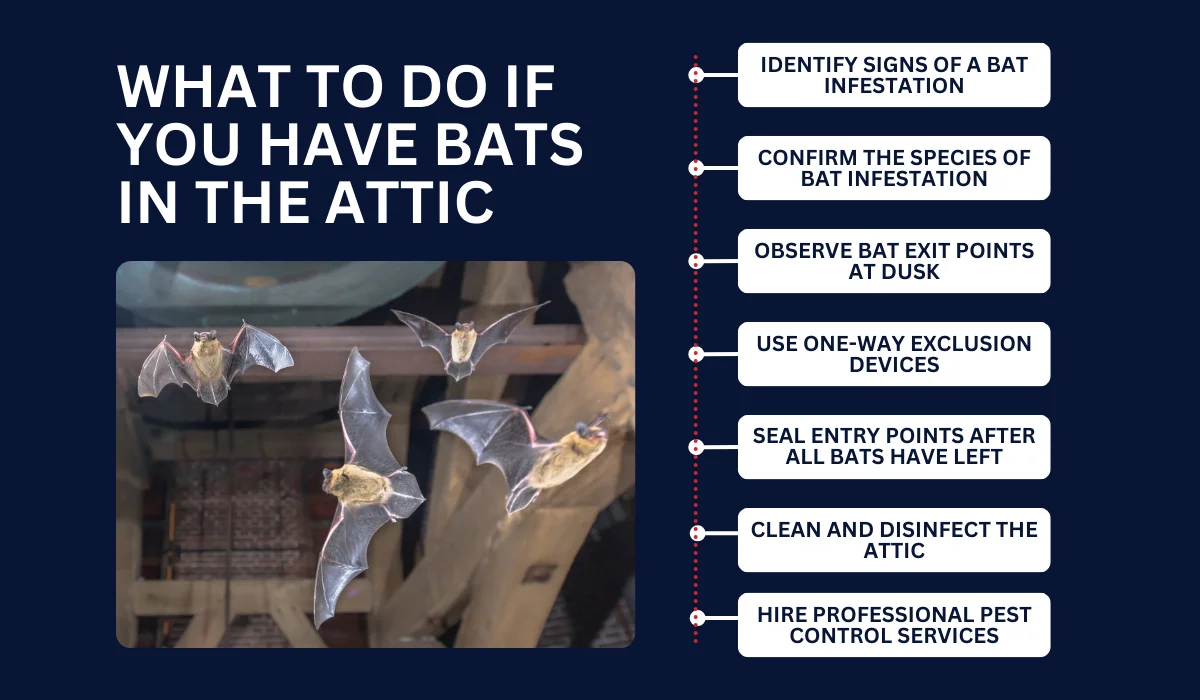
Having bats in the attic can pose health risks and lead to structural damage. To address this issue, it’s important to recognize the signs, determine the type of infestation, and understand how to remove these critters.
Step 1: Identify Signs of a Bat Infestation
Bats are silent tenants, often discovered only through their subtle signs. Here are some signs to look for:
- Piles of bat poop or feces beneath potential roosting locations.
- Light fluttering or squeaking noises at dusk.
- Dark stains or marks around small holes or voids.
Step 2: Confirm the Species of Bat Infestation
The type of bat species inhabiting an attic will determine the control method. Little brown bats and big brown bats are the most common house guests. Identifying the species can involve observing their appearance or behavior. Engage with a professional observant for identification before attempting wildlife removal.
Step 3: Observe Bat Exit Points at Dusk
Watching bat activity at dusk is key in determining how they enter and exit. Patience is needed while observing them leave through gable vents, small gaps, or eaves. Early evening is the best time, as bats emerge searching for food. Pay attention to several exits because blocking only one is ineffective if others remain accessible.
Step 4: Use One-Way Exclusion Devices
Once identified, exclusion devices like one-way doors allow bats to exit but not re-enter. This humane method effectively clears the attic without causing harm. Bat cones or hardware cloth must be securely fitted onto entry points, making sure no gaps are large enough for bats to squeeze through.
Step 5: Seal Entry Points After All Bats Have Left
After confirming the critters have left, sealing all bat entry points is next. Use caulk or hardware cloth to block cracks, holes, or vents. Examine the entire attic and roof for potential vulnerabilities. Missed spots are invitations for reinfestation of bats and other wildlife like raccoons.
Step 6: Clean and Disinfect the Attic
Bat guano, or droppings, can pose health risks, including respiratory issues, including histoplasmosis. Wearing protective gear, such as gloves and a mask, clear droppings and disinfect surfaces in the attic. Avoid sweeping or vacuuming dry guano, as it can release hazardous spores. Use liquid disinfectant instead.
Step 7: Hire Professional Pest Control Services
If these steps feel daunting as homeowners, pest control companies specializing in bat removal can handle the process. They bring expertise and tools to ensure effective bat exclusion and prevent bat bugs and other wildlife-related pests. These professionals can also provide long-term strategies for robust wildlife control.
HOW TO PREVENT BATS FROM RETURNING TO THE ATTIC
Once successfully removed, keeping bats out of the attic involves careful inspection and maintenance. It’s important to address entry points, use alternative habitats, and maintain surroundings to repel them.
Check for Signs of Returning Bat Activity
It’s wise to check the attic for signs of returning bat occupancy regularly. Look for signs of bat droppings or small brown stains on walls and ceilings. Noise, such as squeaking or rustling, could reveal a large colony of bats. Check regularly to address any bat problem early before it becomes unmanageable.
Inspect and Repair Roof and Attic Vents
Frequent checks for any gaps or damage in roofs and attic vents are also important. Bats often find their way into attics through tiny vents, gaps in the soffit, or unfinished edges in the eaves. Use caulk or another strong sealant to close off gaps. Before sealing, install a one-way exit for any bats that might already be inside.
Install Bat Houses as a Safe Alternative
It’s also important to recognize the valuable role bats play in the ecosystem. To prevent them from returning to your attic, consider offering alternative habitats. Bat houses placed around the garden act as inviting alternatives. They’re designed to provide a safe space for bats away from residential areas.
Consider Natural Products to Repel Bats
Natural bat repellents like peppermint may help, but their effectiveness is often limited. Use caution with mothballs, as they can be toxic to humans and pets if misused. Bright lights in dim attic corners may also work since bats prefer dark environments.
Limit Food Sources
Keeping an eye on potential food sources like insects that linger around the property can help. This might involve reducing standing water to prevent mosquitoes, termites, and other pests. Managing this factor can limit the appeal of residential spaces to these flying critters.
IS IT TIME TO CALL THE PROFESSIONALS?
If bats frequently roost in the attic despite DIY measures, it might be smart to contact pest control. Professional exterminators have the proper gear and knowledge for removing bats.
Whether you’re in Baton Rouge or New Orleans, seeking expert help should be easy. For immediate intervention for a severe infestation, let Lajaunie’s bat control specialists tailor a solution that’s right for your home.
For more information about our services, visit our service page.
 By: LaJaunie's Pest Control
By: LaJaunie's Pest Control 